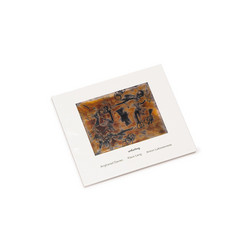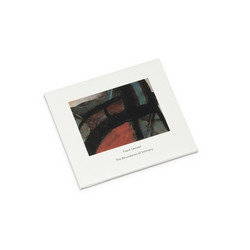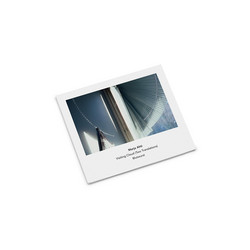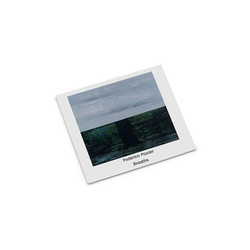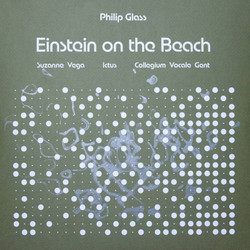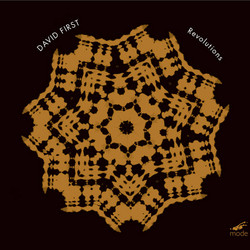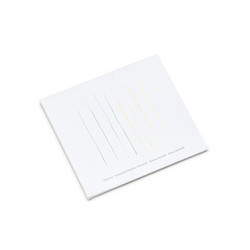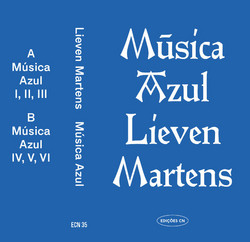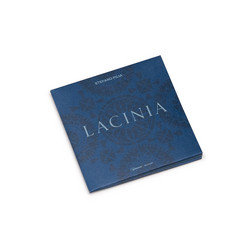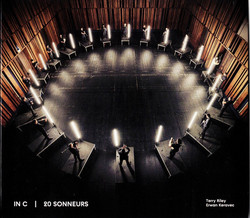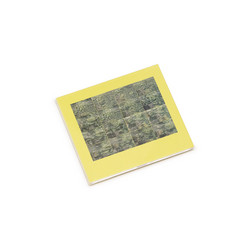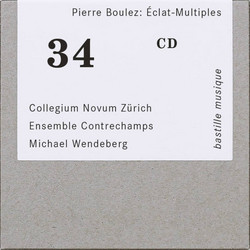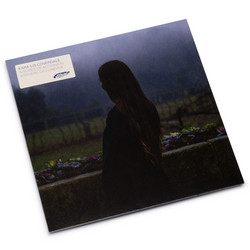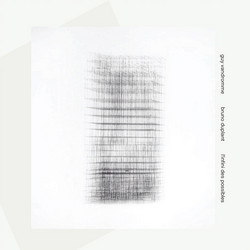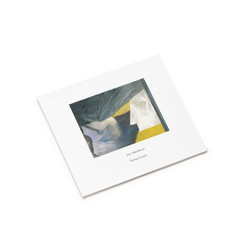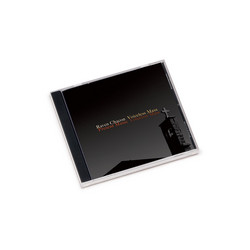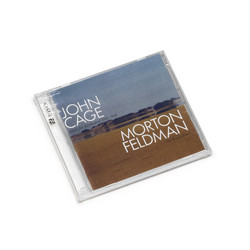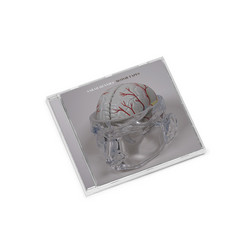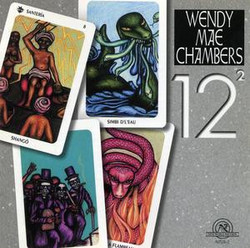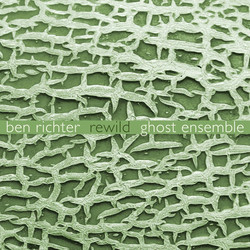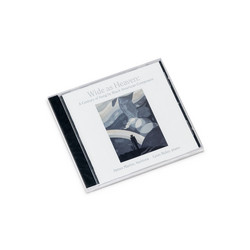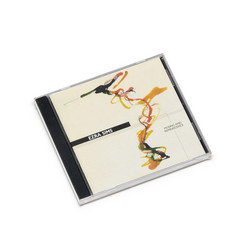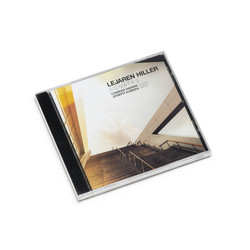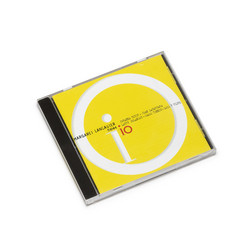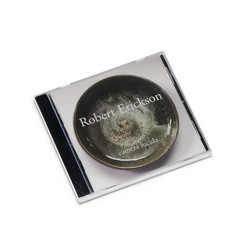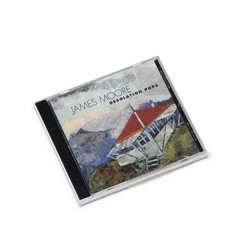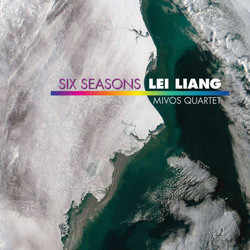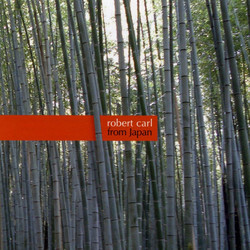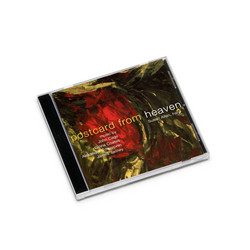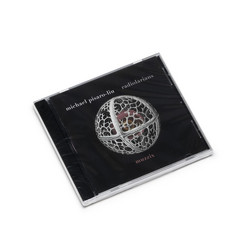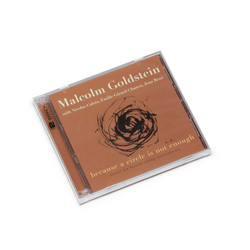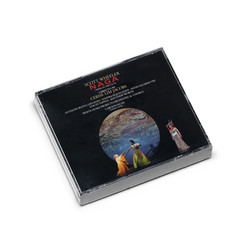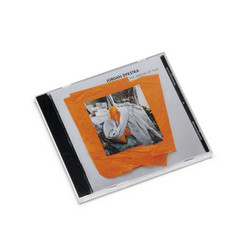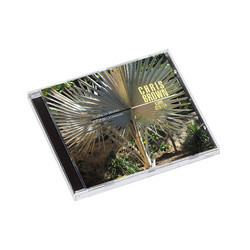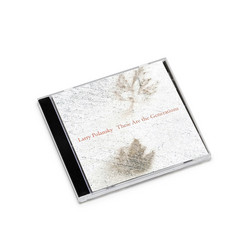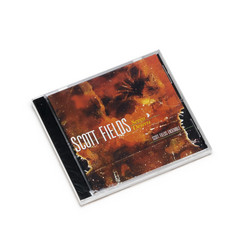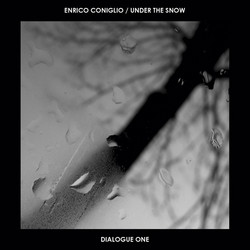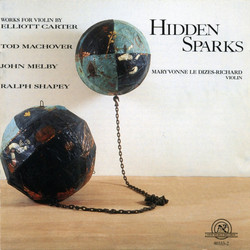Indianapolis Symphony Orchestra, John Nelson (5), Jennie Hansen, Neil Rosenshein, Charles Martin Loeffler
La Mort De Tintagiles / Five Irish Fantasies (CD)
The music of Charles Martin Loeffler (1861-1935) was a rarity in the United States. Much admired for its artistry, it was yet so individual and its Symbolist aesthetic so unusual that Loeffler acquired a reputation that set him apart from other American composers of his generation. Loeffler came to America at the age of twenty. Behind him he had a cosmopolitan European background: He was born in France and had lived there and in Germany, Hungary, Russia, and Switzerland.
As a composer Loeffler was influenced by each culture to which he was exposed. He assimilated whatever he liked from a range of styles and eras, as well as nationalities. Combined with his modernity, this eclecticism created a highly individual style. For good reason, however, Loeffler has been associated with the French, specifically with the Symbolist writers, from whom he drew inspiration for many works. He was drawn to texts characterized by rich imagery, particularly if melancholy, macabre, exotic, unworldly, or bizarre. He himself became known as a Symbolist, or decadent (a term used synonymously with "Symbolist") composer.
Loeffler was a tone poet. His music emphasized color, nuance, atmosphere, and fantasy; it used untraditional methods, including free forms, exotic and modern harmonies, and innovative instrumentation. A master colorist, Loeffler was considered a mystic for his evocative and iridescent musical visions.
